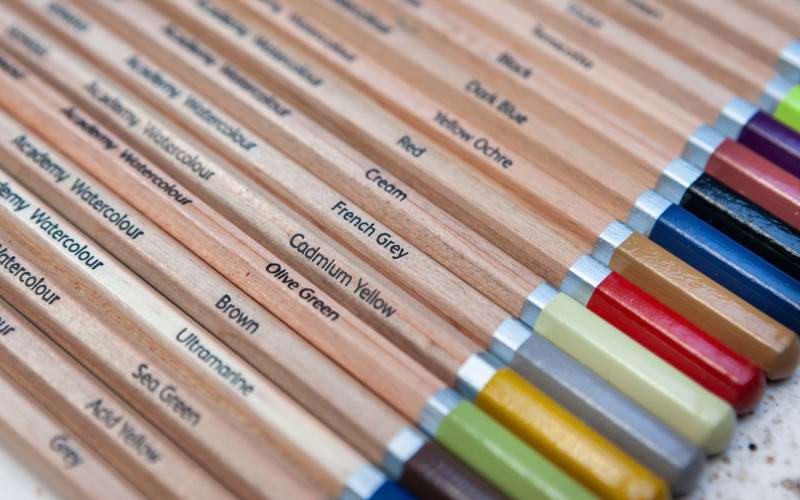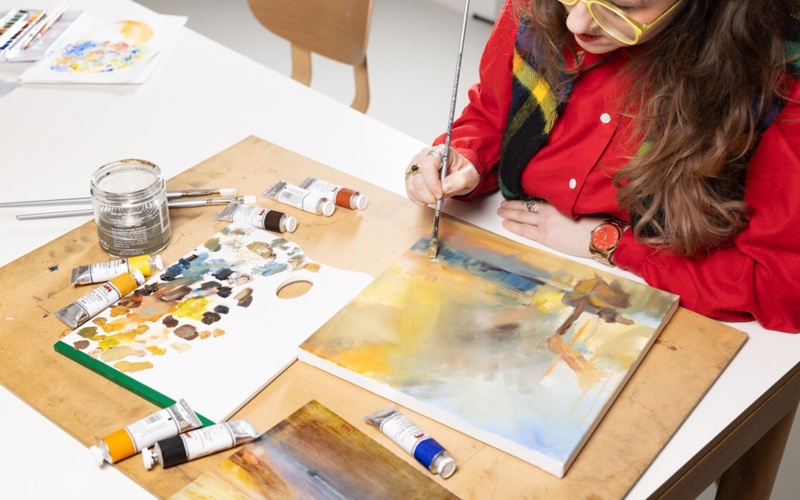Colour and structure: Creating with colour theory
- Past - Thursday, 6 November 2025
- Past - Thursday, 13 November 2025
- Past - Thursday, 20 November 2025
- Past - Thursday, 27 November 2025
- Thursday, 4 December 2025
Tickets
| Standard: | £450 |
| Concessions: | £405 |
Please book a ticket to attend this course which takes place in the Roden Centre for Creative Learning.
Tickets include entry to the National Gallery. Please arrive in good time to access the building and find the event.
Bookings close 10 minutes before the event begins.
Concessions are for full-time students, jobseekers, and disabled adults.
About
Over five weeks in our Clore Art Studio, learn about colour theory and explore how Neo-Impressionist artists in France, Belgium and the Netherlands reimagined the role of colour and form in modern painting through a range creative sessions and materials.
This studio-based course focuses on colour theory in practice, examining how optical and physical colour mixtures, layering and tonal contrast shaped the radical developments of the Neo-Impressionists. Through structured exercises, guided experimentation and engagement with selected works from the National Gallery’s exhibition, ‘Radical Harmony: Helene Kröller-Müller's Neo-Impressionists’, you’ll build both confidence and fluency in your own artmaking.
Led by artist and educator Emyr Williams, the course introduces a wide range of materials including gouache, chalk and oil pastels, watercolour and Conté crayons. The focus will be on developing compositions rooted in landscape, while also making connections with figure-based works from the exhibition.
All materials are provided, and your works are yours to take home. Handouts with extra resources will be provided in advance of the sessions.

Week one will introduce the components and foundations of colour theory, applying key concepts through practical exercises and visual references. You’ll learn how to control and adapt materials, and how to use the colour wheel to make purposeful, creative decisions.

Colour and Structure: Creating with Colour Theory
Through close looking and analysis, we’ll explore selected works from the ‘Radical Harmony’ exhibition and respond to them through transcriptions and imaginative reinterpretations. This week focuses on pictorial logic, palette and technique.

In week three, you will work from images of London and select key structural elements to build up compositions which explore how colour can create an animated sense of space. We will move beyond straightforward representation to create structured, expressive landscapes.

This fourth session examines the role of tone and contrast in drawing, taking inspiration from key works in the ‘Radical Harmony’ exhibition by artists like Seurat. You’ll experiment with monotone drawing to describe volume, form and atmosphere and consider how tonal work relates to and challenges chromatic compositions.

In our final week, you’ll move into more abstract territory using mixed media, while retaining traces of figurative space. This is a chance to test ideas, push your work forward and explore personal approaches that invite further development.
Your tutor
Emyr Williams is an abstract painter who has exhibited in the UK, Europe and North America. His work has won awards and is held in many public, corporate and private collections worldwide. He has taught in the UK, France, USA and Asia, including numerous courses at the Royal Academy and the National Gallery. Emyr has written about art for Abstract Critical, Instant Loveland, Abcrit and the Royal Academy Magazine

